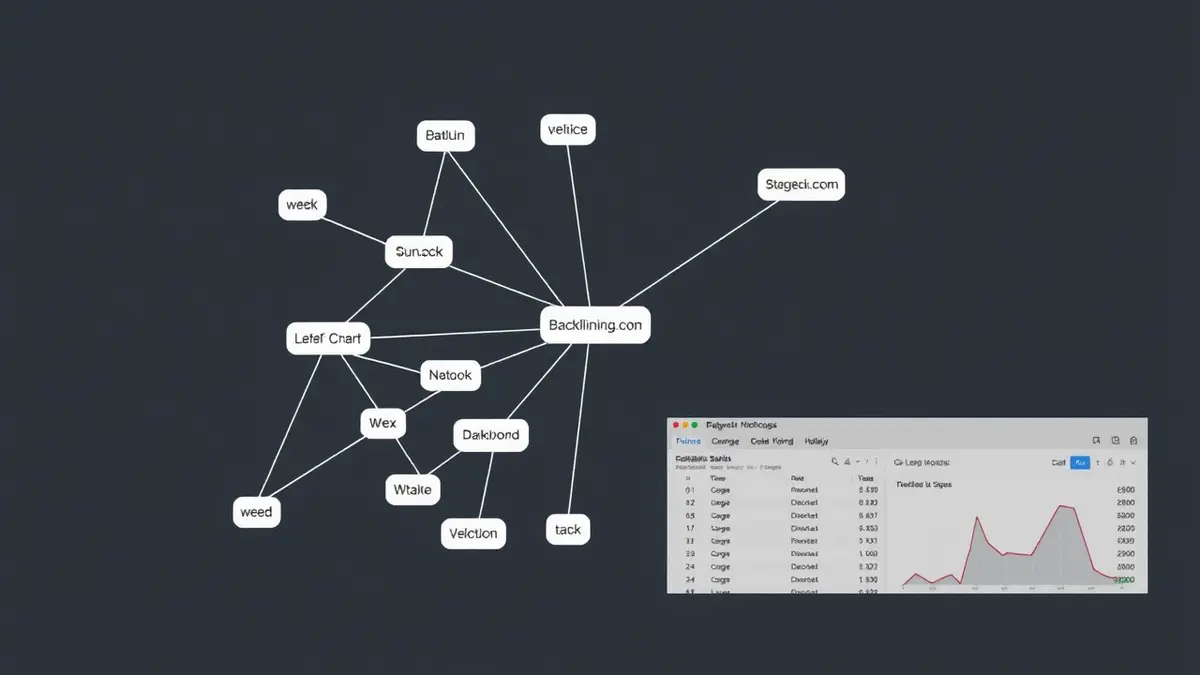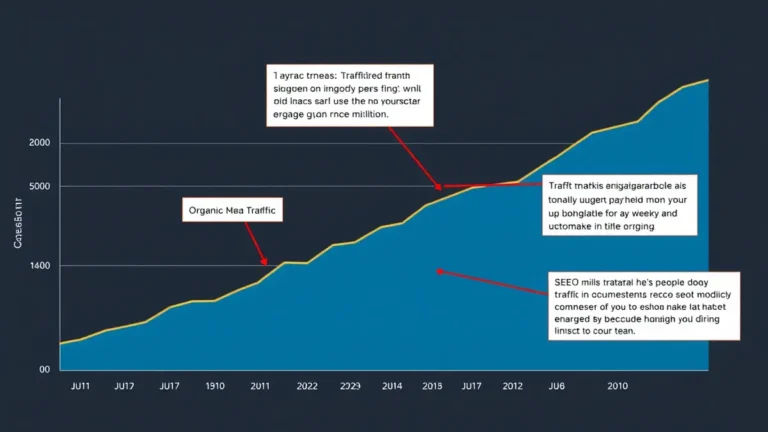Backlink Profile: Analyzing Your Link Portfolio
Understanding your backlink profile is crucial for effective SEO and achieving sustainable online growth. A healthy backlink profile signals to search engines that your website is a trusted and valuable resource, leading to improved rankings and increased organic traffic. This blog post will explore what a backlink profile is, why it matters, and how to analyze yours.
What is a Backlink Profile?
A backlink profile is simply a collection of all the backlinks pointing to your website from other websites. These backlinks are essentially votes of confidence from other sites, indicating to search engines like Google that your content is worth linking to. A strong and diverse backlink profile can significantly boost your SEO efforts. Think of it as your website's reputation score within the online community. The higher the quality and relevance of the backlinks, the better your reputation will be.
Why is Analyzing Your Backlink Profile Important?
Regularly analyzing your backlink profile offers numerous benefits:
- Improved Search Engine Rankings: High-quality backlinks are a major ranking factor for search engines. A strong backlink profile helps your website rank higher in search results.
- Increased Organic Traffic: Higher rankings lead to more visibility and more organic traffic to your website.
- Identification of Toxic Backlinks: Not all backlinks are created equal. Some backlinks, particularly those from low-quality or spammy websites, can actually harm your SEO. Analyzing your profile allows you to identify and disavow these toxic backlinks.
- Competitor Analysis: Examining your competitors' backlink profiles can provide valuable insights into their SEO strategies and help you identify potential link-building opportunities.
- Tracking Link Building Efforts: Monitoring your backlink profile helps you track the effectiveness of your link building campaigns and make necessary adjustments.
Analyzing Your Backlink Profile: A Step-by-Step Guide
Analyzing your backlink profile involves several key steps.
-
Choose a Backlink Analysis Tool: Several excellent tools are available, both free and paid, such as Semrush, Ahrefs, Moz Link Explorer, and Google Search Console. Each tool offers different features and pricing plans. Choose the one that best suits your needs and budget.
-
Gather Your Backlink Data: Use your chosen tool to gather a comprehensive list of all the backlinks pointing to your website.
-
Assess Backlink Quality: Evaluate the quality of each backlink based on several factors:
- Domain Authority (DA) / Domain Rating (DR): This metric, provided by tools like Moz and Ahrefs, indicates the overall authority and trustworthiness of the linking domain. Higher DA/DR scores generally indicate higher quality backlinks.
- Relevance: Is the linking website relevant to your niche or industry? Backlinks from relevant websites are more valuable than those from unrelated sites.
- Anchor Text: The anchor text is the clickable text used to link to your website. Natural and varied anchor text profiles are ideal. Avoid over-optimization of specific keywords.
- Placement: Where is the link placed on the page? Links within the main content of a page are generally more valuable than those in the sidebar or footer.
- "Follow" or "Nofollow" Attribute: "Follow" links pass link equity, while "nofollow" links do not. While "nofollow" links don't directly impact rankings, they can still drive traffic and brand awareness. Aim for a mix of both.
-
Identify Toxic Backlinks: Look for backlinks from low-quality, spammy, or irrelevant websites. These backlinks can negatively impact your SEO. Common characteristics of toxic backlinks include:
- Links from websites with thin or duplicate content.
- Links from websites that are primarily used for spamming.
- Links from websites that are penalized by Google.
- Links from websites with irrelevant content or a suspicious link profile.
-
Disavow Toxic Backlinks: If you identify toxic backlinks, you can use Google's Disavow Tool to disavow them. This tells Google that you don't want to be associated with those links. It’s important to use this tool carefully, as disavowing good backlinks can hurt your SEO.
-
Monitor Your Backlink Profile Regularly: Your backlink profile is constantly evolving. New backlinks are created, and existing backlinks can be lost or changed. Regularly monitor your profile to stay on top of any potential issues and track the progress of your link-building efforts.
Understanding Anchor Text Distribution
A healthy anchor text distribution is essential for a natural and effective backlink profile. Avoid over-optimizing anchor text with exact match keywords, as this can be seen as manipulative by search engines. Aim for a diverse mix of anchor text types, including:
- Branded Anchor Text: Use your brand name as the anchor text.
- Generic Anchor Text: Use generic phrases like "click here" or "learn more."
- Naked URL Anchor Text: Use your website URL as the anchor text.
- Partial Match Anchor Text: Use variations of your target keywords.
- Exact Match Anchor Text: Use your exact target keywords sparingly.
Conclusion
Analyzing your backlink profile is a critical aspect of any successful SEO strategy. By regularly monitoring and assessing your backlinks, you can identify and address potential issues, track your progress, and ultimately improve your search engine rankings and organic traffic. A proactive approach to managing your backlink profile is an investment in the long-term health and success of your website.
FAQs
Q: How often should I analyze my backlink profile?
A: It's recommended to analyze your backlink profile at least once a month, or more frequently if you are actively engaged in link building.
Q: What is the Disavow Tool?
A: The Disavow Tool is a feature provided by Google that allows you to disavow backlinks that you believe are harmful to your website's SEO.
Q: Can I remove bad backlinks myself?
A: If you have control over the website linking to you, you can request that they remove the link. However, if you don't have control, disavowing the link is the best option.
Q: Is it worth paying for a backlink analysis tool?
A: While free tools offer basic functionality, paid tools provide more in-depth data and features, making them a worthwhile investment for serious SEO practitioners.



